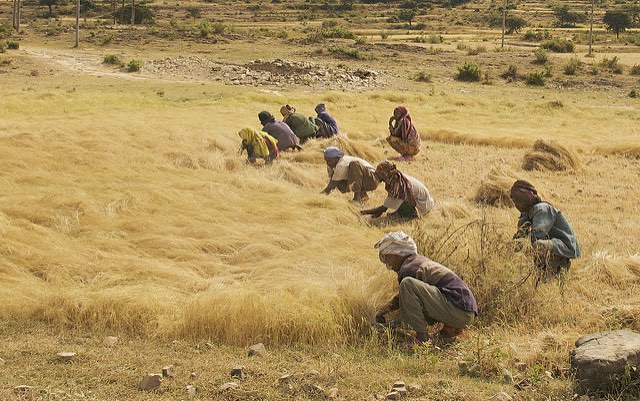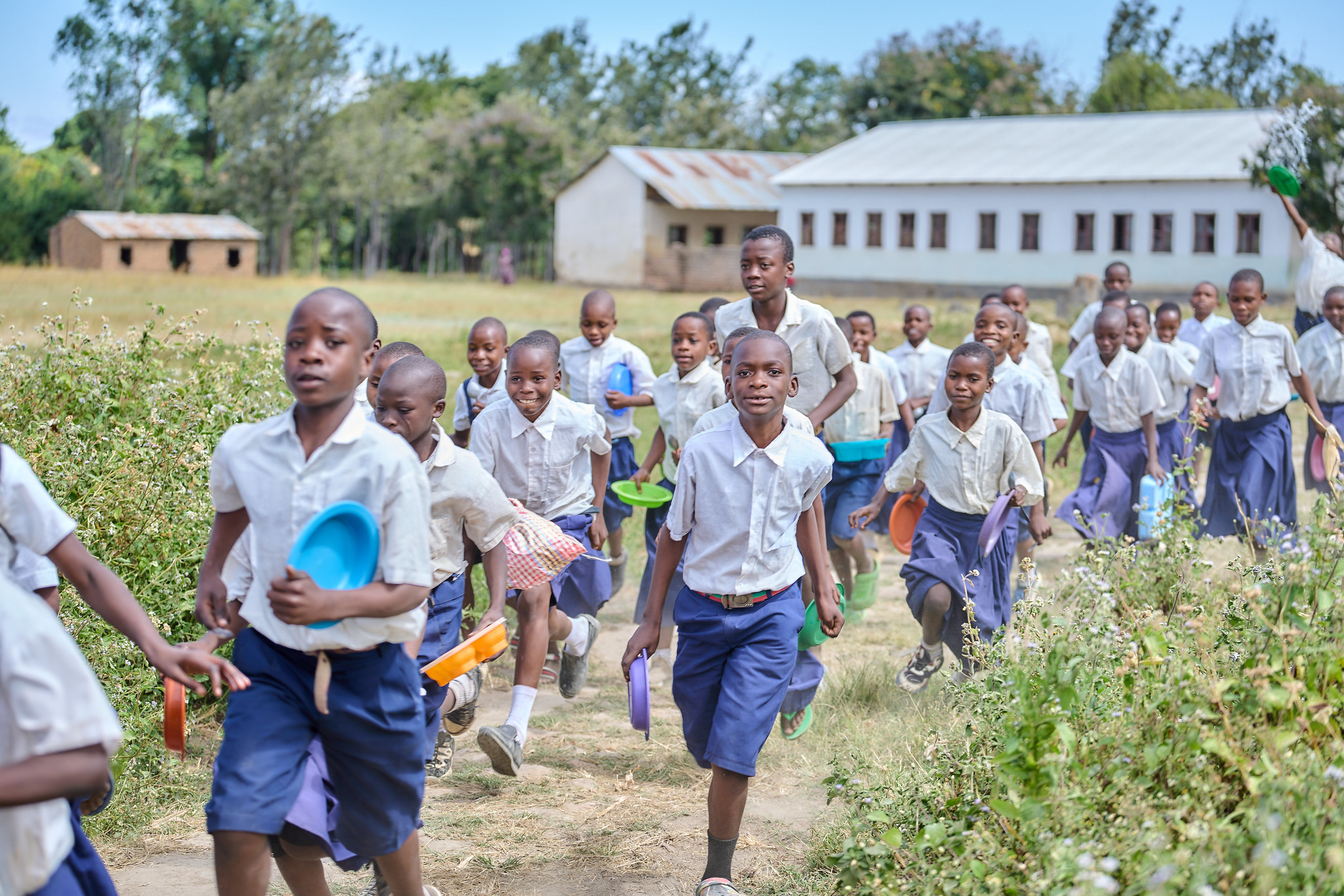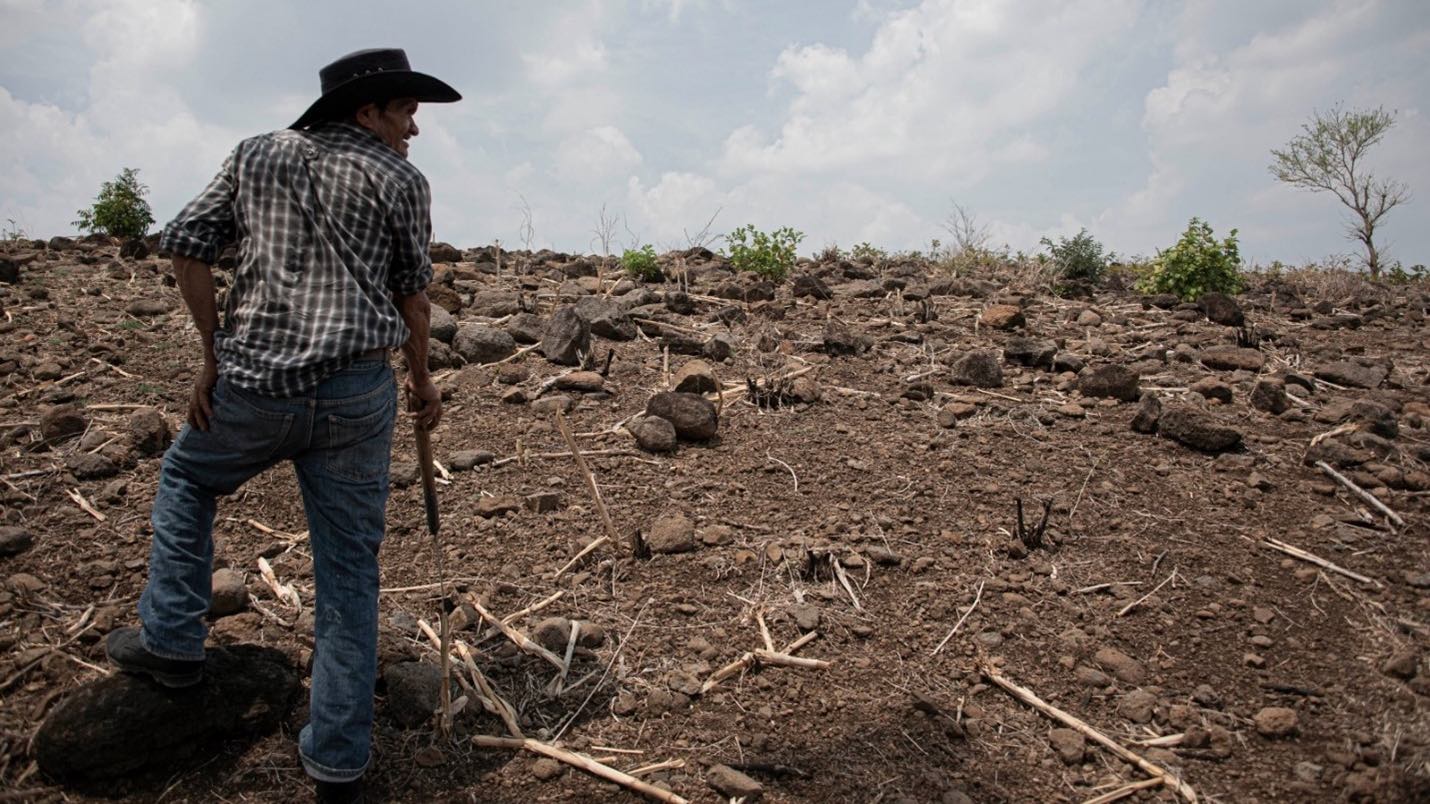Not long ago, teff—the gluten-free, nutrient-rich, 3,000-year-old grain native to Ethiopia—had its media moment as the world began to recognize the nutritional potential of this poppy-sized staple. Teff was called the next “supergrain,” joining the select club of popular exotic grains such as quinoa, farro, and millet.
If teff’s global stardom is to benefit a majority of its poor Ethiopian growers, however, headlines and sales in high-end supermarkets won’t be enough. Concrete policy changes are needed to improve teff production and marketability.
Teff is intricately integrated into the economic and social fabric of Ethiopia. What makes the crop unique is that it can be grown in weather conditions ranging from normal rainfall to drought-stressed, making it a relatively low-risk and easy-to-store crop. As the country’s leading cash crop, teff contributes significantly to farmers’ incomes—it is a source of livelihood for nearly 43 percent of all farmers in the country, the majority poor smallholders.
Increasing teff production may seem like the most viable solution to pull Ethiopian farmers out of poverty and ensure food security—but that involves overcoming a number of obstacles that we explore in our new book, The Economics of Teff: Exploring Ethiopia’s Biggest Cash Crop.
Teff is sometimes called an “orphan crop” because of the relatively scant attention that it receives from the Ethiopian government. Realizing its full potential for contributing to Ethiopia’s economic growth and food security will require a multi-pronged approach and multi-stakeholder participation. In our comprehensive review of the teff value chain, we found the crop’s production and marketing faces challenges including the need to adopt modern technologies; improving the distribution system for seeds and fertilizer; boosting labor force management and mechanization; and building markets.
One of the major issues involved in increasing teff production is its typically low yields. This has discouraged policy makers from putting it front and center in efforts to ensure food security for a fast-growing Ethiopian population.
Low productivity means that teff’s calorie output per hectare is limited compared with other crops; given the country’s relative scarcity of arable land, this constitutes a considerable constraint on the expansion of teff. In other words, expanding teff production at the expense of other, higher-yield crops such as maize, wheat, barley and sorghum would pose significant challenges to achieving food security. Many poor families would not be able afford to farm or purchase it.
Teff productivity can be improved. Doing that requires a multipronged approach, beginning with strengthening agricultural research and extension. Larger investments in research can improve the adoption rates for high-performing resilient seed strains, which are likely to deliver large payoffs for farmers. Improved monitoring and evaluation of the uptake of modern technologies can help in fine-tuning those methods, extension packages and messages.
Making better inputs widely available and getting farmers to adopt them also requires improving access to effective and inclusive distribution systems for seeds or fertilizers. Mechanization will also help: Given the rising cost of labor, more investments are needed to make affordable, sturdy multipurpose mechanized planters and harvesters, along with spare parts, readily available. Finally, Ethiopia’s teff storage and processing technologies should be upgraded to reduce losses and smooth out the grain’s supply year-over-year.
All these initiatives, meanwhile, will come to naught if not accompanied by sustained efforts to expand domestic and international markets. On the domestic side, the rising socioeconomic profile of urbanized, affluent Ethiopians will generate greater demand for high quality teff flour and processed teff products. This requires policies to foster a modern retail environment.
Globally, the increasing popularity of gluten-free food products may lead to a surge in demand for teff in international markets and create an opportunity for growth. To take full advantage, Ethiopia must build up reliable and sustainable supply chains that can consistently deliver quality products.
As the international hype around teff continues, one overarching concern remains: Can Ethiopian farmers benefit from global export markets without limiting teff’s domestic availability and putting domestic consumption in jeopardy?
Ethiopia once banned the export of unprocessed teff grain for about a decade to insulate domestic prices from global price fluctuations. Going forward, sustaining rapid growth in the teff supply for the export market will depend on limiting such tradeoffs with domestic consumption, on boosting yields via the reforms we suggest, and of course on climate and weather conditions.
Teff might well emerge as Ethiopia’s crowning agricultural achievement, but realizing its full potential requires public sector leadership, targeted investment, and a robust private sector, all supported by more active public policy efforts and public-private partnerships.
Alemayehu Seyoum Taffesse and Bart Minten are IFPRI Senior Research Fellows based in Addis Ababa, Ethiopia, where Minten leads the Ethiopia Strategy Support Program. Smita Aggarwal is an IFPRI Communications Specialist. This post first appeared on the Thomas Reuters Foundation News website.







